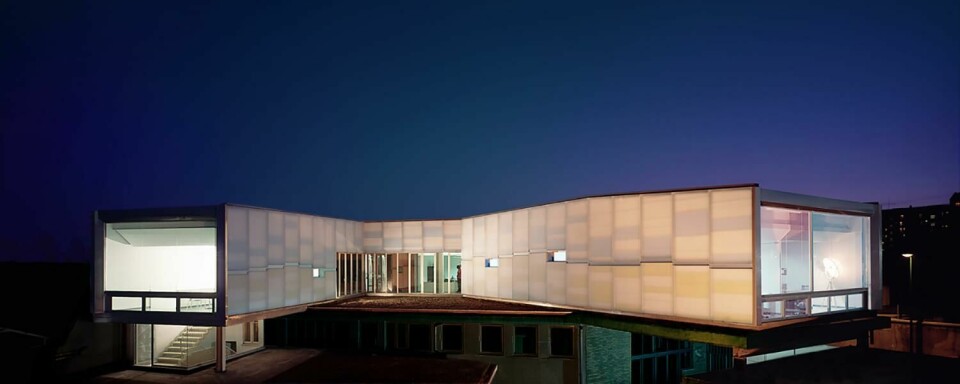
How ‘phygital’ tools are shaping cross-disciplinary design
PARTNER CONTENT
This content was paid for by Granstudio and produced in partnership with Car Design News
Granstudio is taking a novel approach to vehicle design through the use of innovative ‘phygital’ tools
There is no shortage of independent design studios – certainly not in Torino – and any new entrant must offer a point of difference. When Lowie Vermeersch opened Granstudio in 2011, the former Pininfarina design director had a clear vision in mind.
At that time, the process of designing a vehicle was already in flux. Production schedules were tightening and designers were under greater pressure than ever, catalysing a boom in digital tools. Granstudio aimed to address this, carving a unique competence in ‘extended reality’ (XR) – an umbrella term for augmented and virtual reality – alongside more traditional physical modelling approaches. The combination allows designers to work more efficiently, react to emerging trends and technologies, and develop the next-generation of HMI solutions.

The gem in the crown is DigiPHY, an adaptive XR seating buck that blends the tangible aspects of physical design – real touch and feel, ergonomics and an accurate visual perspective – with the speed and adjustability of digital. “This is why we refer to it as a Phygital tool,” notes Vermeersch, “bridging the gap between those two realms and enabling exploration of a third dimension where new possibilities can take place.”
DigiPHY appears to have won the hearts of both designers and engineers already. “We got into a creative multi-disciplinary collaboration flow for the next hours,” recalls Simon Lamarre, head of prospective design at Lynk & Co.
“I would rather call it the Infinite buck,” adds Ben Hall, studio engineer at Geely, “as you can do almost anything with it.”
In a way, it also solves the moral quandary that many purists feel with digital design, retaining the inherent agility of software without skipping the hands-on experience. Modelling can be done quickly, more cost effectively and – to be blunt – in a more enjoyable and engaging way. Car designers did not get into the game to work exclusively from a tablet.
The interactions we design are becoming increasingly sophisticated
Based in the heartland of car design and coachbuilding, Granstudio is of course passionate about the core ideals of aesthetics and functionality. This is not a technology company, and Vermeersch emphasises that “creating beauty is really at the heart of what we do.” However, he adds that the team “does not limit beauty to the aesthetics of the physical shape.”
Indeed, a key area for the studio is around ‘experience design’, be it the emotion of a stunning exterior, a modular interior or a bleeding-edge HMI solution. “The interactions we design with are becoming increasingly sophisticated,” Vermeersch observes.
“HMI systems are becoming more contextually aware; digital interactions are no longer limited to touchscreens; and the range of services is expanding.” The challenge is to simplify this complexity, delighting users with the best technology has to offer without overwhelming, confusing or misleading them.
Just as the design process is evolving, the traditional silos of transportation are blurring. Granstudio’s 65-strong team has a diverse mix of design backgrounds to address how vehicle design can translate into the wider ‘future mobility’ context – everything from a shared micro-vehicle or pushchair to an electric scooters and public transit. It is about defining “future-proof strategies and offerings,” Vermeersch concludes, ”changing our view of the car as an isolated object to part of a system.”














